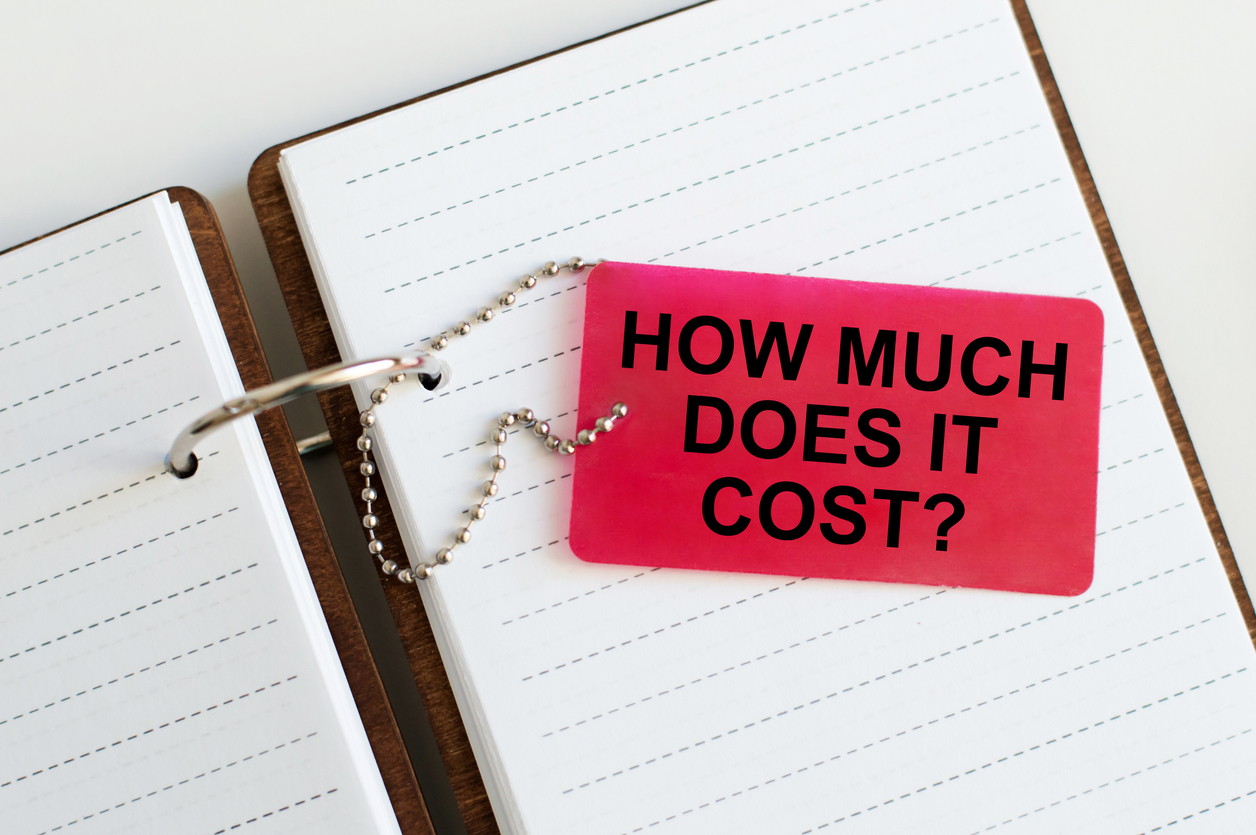On December 1, 2011, Steamboat Springs experienced wind speeds equivalent to an F2 tornado or a level three hurricane. Gusts of 123 mph were recorded at ski area peaks. Captured in a video on NBC’s channel 9 local news is the severe roof and window damage the winds caused to the condos in the village.
Most structures in mountain towns like Steamboat Springs have sloped roofs for snow loads in winter and early spring. Windstorms affect sloped roofs in various ways—some less noticeable than others.
Wind damages roofs by uplifting the roofing materials. Experts Kenton Shepard and Nick Gromicko note:
The location of damage on a home will be affected by the orientation of the wind to the roof structure, and by the shape of the roof. . . Uplift is strongest at areas of the home where the wind loses laminar flow. The areas most commonly affected include:
- upwind eave edges;
- upwind rakes;
- upwind corners; and
- the downwind side of ridges.
It’s at these areas that you’ll be looking most closely for wind-related damage. In addition to uplift, areas which lose laminar flow also experience turbulence. This buffeting or fluttering effect can also loosen and displace roofing materials.
Shepard and Gromiko’s diagram provides an excellent illustration of the effects of wind described above.
Policyholders with homes located in areas hit by windstorms should examine their roofs carefully and consult a roofing expert if they notice any signs of damage. Insurance adjusters may rush a claims investigation and miss roof damage that may be apparent upon a more thorough and careful examination.
Roof damage may not become apparent until snowmelt or rainstorms cause leaks into home or business interior spaces. The passage of time between a windstorm event and the insured’s discovery of the damage should not negate coverage under the homeowner’s policy, especially where the insured could not have discovered the damage until later water intrusion revealed the damage.
In addition, even if the roof is an older roof, the condition of the roof prior to the windstorm should not negate coverage. As long as the roof was not leaking prior to the windstorm, a policyholder with a replacement cost policy is usually entitled to a new roof if the windstorm caused serious damage to the roof. When an insurer agrees to insure a structure against windstorm damage, the policyholder may assume it intended to insure the structure in its current condition, “even if the structure is in an objectively unreasonable condition.” Koory v. W. Cas. & Sur. Co., 737 P.2d 388, 391 (1987).
Claims professionals looking for more information on effects of windstorm and tornadoes on buildings should attend the 13th Annual Windstorm Insurance Conference® held at the Buena Vista Palace Hotel in Orlando, Florida, January 30, 2012 to February 2, 2012. Several attorneys from Merlin Law Group will be present as faculty and will provide expert advice and materials on numerous windstorm and adjusting topics.



